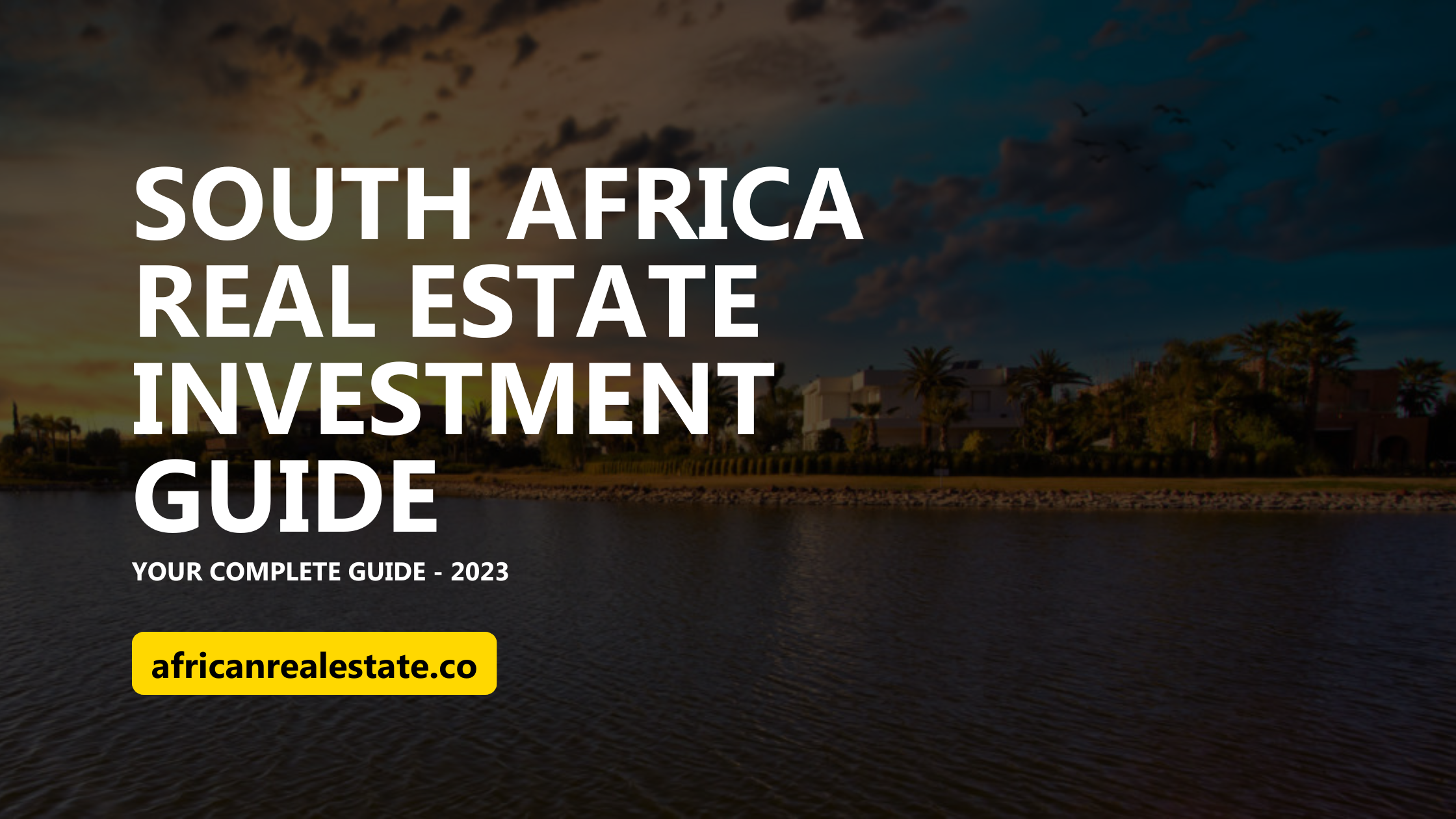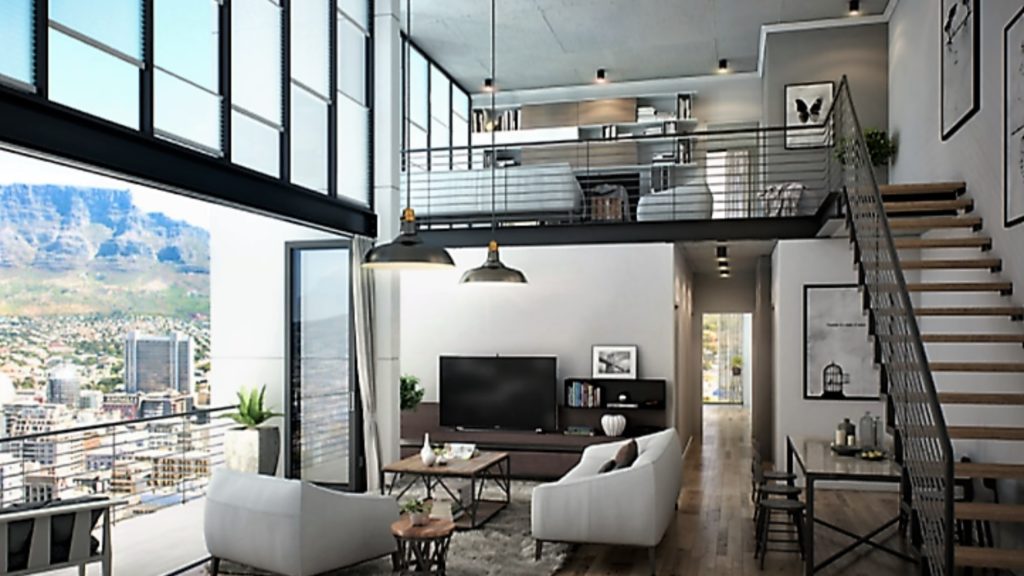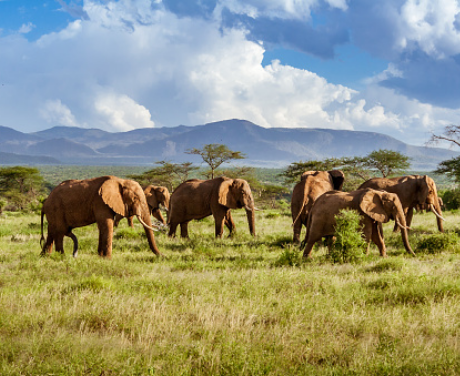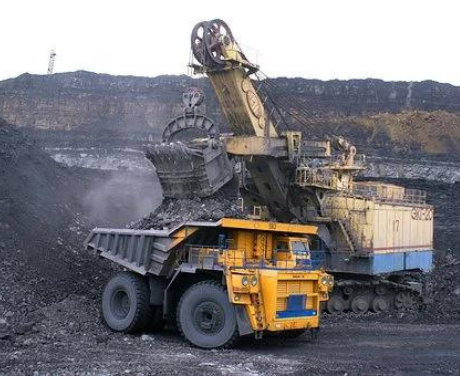South Africa Real Estate Investment Guide

South African real estate remains a viable and attractive opportunity for investors.
The country offers high yields and low capital gains taxes. These make it an attractive long-term investment opportunity.
This guide will give you all the information and tools you need to invest in property.
Table of contents
Geography and Location
South Africa is set in the Southernmost tip of Africa. It’s a land with fantastic landscapes, breathtaking natural beauty, and a rich cultural heritage.
The nation borders five other countries; Namibia, Mozambique, Botswana, Lesotho, Swaziland, and Zimbabwe. Its coastline includes both the Atlantic and Indian oceans.
It covers an area of 1,221,037 square kilometres (471,445 square miles).
Population, People and Language
According to CAHF, South Africa has a population of 60.04 Million (2021). Urbanisation is increasing at a rapid rate in South Africa. 63% of the population lives in urban areas.
The median age is 27.62 years. The population growth rate is 1.23%.
The main languages spoken in South Africa are Zulu, Xhosa, Afrikaans and English.
Population Density
The nations population is considered sparsely populated.
Median Age Group
SA population is among the youngest ones in Africa.
Population Growth
The growth is among the lowest in the developing world.
Urban Population
Urbanisation is one of the highest on the continent.
Real Estate and Investing

The South African real estate market is one of the best in Africa for those looking to invest in the industry. It’s driven by high housing demand, especially from the high urbanisation rate and propelled by the industry’s abundance of competitive financial incentives.
According to CAHF, outstanding mortgages are just below 1.7 million as of 2020, with a typical mortgage rate of 12%, a 20-year term, and a 20% deposit. There are 15 residential mortgage providers and 4500 microfinance providers (2020).
Mortgage
Rate
Duration of
Mortgage
Initial
Deposit
Outstanding
Mortgages
The South African property market looks promising, with good reason. It directly contributes $2.97 billion to national revenue. Through efforts by the South African Reserve Bank, property sales have started to surge in response to the lower interest rates.
Business and consumer confidence is slowly rising in South Africa as the low-interest rates have made properties more affordable for consumers. There could also be a resurgence in foreign investment, strengthening the sector’s recovery.
Buy-to-let is still one of the more attractive directions in the real estate sector. And despite the negative rental escalations, the national average gross yield stands at 10.3%.
35% of all rental lease agreements range in rental prices from R4500 to R7000 (Approx. USD 300 to 450)
Rental Yield: Residential
KwaZulu-Natal
Eastern Cape
Western Cape
Guateng
Taxation
- Withholding Tax (WHT) – Dividends: 20%; Interests: 15%; Royalties: 15% (non-residents)
- 15% tax on rental income by non-resident individuals
- Capital Gains Tax – 18% for individuals and special trusts, 22.4% for companies
- Double Taxation Avoidance – Agreements with 79 countries
- 0% tax on Donations between spouses
- Inheritance tax – 20%
Other Investor Information
Ease of Doing Business Regional
Ease of Doing Business International
Pro Landlord
Economy
South Africa is the second-biggest economy on the African continent. It also stands out as the most modern and diverse economy.
Its primary export commodities are;
Gold, diamonds, platinum, other metals and minerals, machinery and equipment. South Africa’s main trade partners are the European Union, China, the United States, Japan and India.
The South African economy grew by 1.1% in the first quarter of 2021, translating into an annualised growth rate of 4.6%.
The finance, mining and trade industries were the main drivers of output on the economy’s production (supply) side. At the same time, household spending and changes in inventories helped spur growth on the expenditure (demand) side.
The government of South Africa announced and tabled the Economic Reconstruction and Recovery Plan. This plan guided economic recovery following the advent of the novel coronavirus and its impact on businesses and jobs.
GDP
The national GDP was $419.02 Billion in 2021, with GDP Per capita at $6994.
Source: Ubuturo Research
Growth Sectors

Agriculture Sector
Agricultural activities range from intensive crop production and mixed farming.

Manufacturing Sector
This sector contributes about 14% to the country’s GDP.

Services Sector
The services sector is the biggest contributor with a share of 61.4% to the country’s revenue.
The South African economy relies a lot on agriculture. Agricultural activities range from intensive crop production to mixed farming. These take place in winter rainfall and high summer rainfall areas.
Cattle ranching occurs in the bushveld, and sheep farming in the arid regions.
Manufacturing includes industries such as;
Automotive, chemicals, information and communication technology, electronics, metals, textiles, clothing and footwear.
Key sub-sectors that comprise the services sector include; Financial services, tourism, e-commerce, and transport.
Emerging Sectors

ICT Sector
South Africa has one of the largest ICT markets in Africa

Real Estate
South Africa is among the fastest urbanized countries in Africa.
ICT. South Africa’s IT sector is generally robust. It has access to the latest technologies and methodologies. It also supports the operations of other sectors of the economy.
Real estate. High rural-to-urban migration has increased demand in the housing sector. The construction sector also remains an untapped opportunity.
Resources

Beautiful Scenery
The country’s great beauty attracts about 16 million tourists each year.

Arable Land
Arable land in South Africa covers approximately 10.3% of the total land area.

Coal
South Africa is the 5th largest exporter of coal in the world, with 30% consumed overseas.
South Africa is rich in a variety of natural resources. These include;
- Coal. South Africa produces an average of 224 million tonnes of marketable coal annually. This makes it the fifth-largest coal-producing country in the world.
- Beautiful scenery. Some of South Africa’s most beautiful regions include beaches and nature trails.
- Arable land. Some of the most fertile areas in South Africa include KwaZulu-Natal and the Eastern Cape. South African farmers grow various crops, such as maize, grapefruits, and wheat.
- Besides diamonds and gold, the country also contains mineral reserves of;
Iron ore, platinum, manganese, chromium, copper, uranium, silver, beryllium, and titanium.
Final Thoughts
South Africa is a country with several foreign direct investment opportunities. There are many reasons to invest in real estate in South Africa and other sectors.
The booming tourism sector and taxation incentives are one of them. For more information on investing in South African property, contact us!
